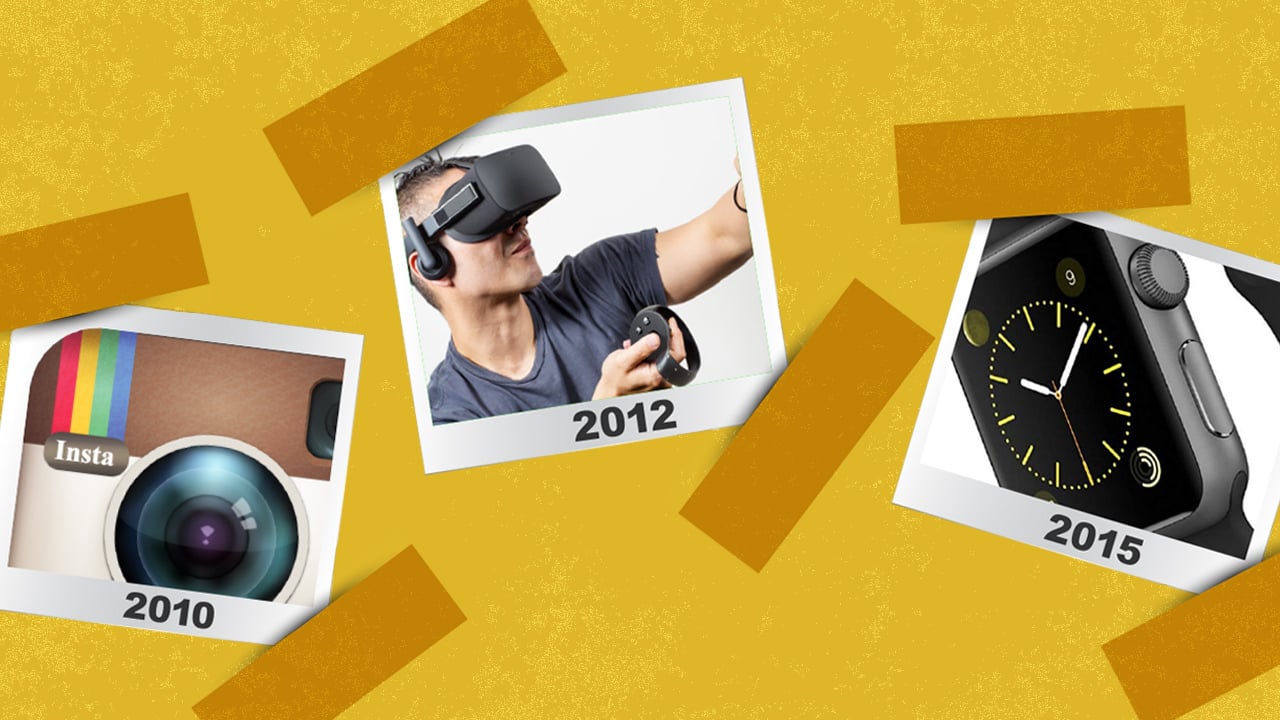Human curiosity has always been the driving force behind our greatest discoveries. From ancient times to modern laboratories, the simple question “What if…?” has led to breakthroughs that transformed civilization. These inventions prove that wonder and persistence can change the world.
Here are the 10 most revolutionary inventions sparked by pure human curiosity—and how they reshaped history.
1. The Light Bulb 💡⚡
Thomas Edison didn’t just invent the light bulb—he tested over 6,000 materials before finding the right filament. His relentless curiosity led to electric lighting, ending humanity’s dependence on candles and gas lamps.
This invention didn’t just brighten homes—it extended work hours, boosted productivity, and revolutionized cities.
2. Penicillin 🧫💊
Alexander Fleming wasn’t looking for an antibiotic when he discovered penicillin in 1928. He simply noticed mold killing bacteria in a petri dish and wondered, “Why?” That curiosity led to the first true antibiotic, saving millions of lives.
Without Fleming’s observation, modern medicine as we know it might not exist.
3. The Telephone ☎️🗣️
Alexander Graham Bell was experimenting with sound transmission when he accidentally heard a twang over a wire. His curiosity turned that moment into the telephone, connecting the world in real time for the first time.
Today, smartphones are direct descendants of that “What was that noise?” moment.
4. X-Rays 🦴🔍
Wilhelm Röntgen was studying cathode rays in 1895 when he noticed a mysterious glow from a nearby screen. Instead of ignoring it, he investigated—and discovered X-rays.
This accidental breakthrough revolutionized medicine, allowing doctors to see inside the body without surgery.
5. The Microwave 🍲⚡
Percy Spencer was testing radar equipment in 1945 when a chocolate bar melted in his pocket. Instead of just cleaning up, he experimented with popcorn and eggs—leading to the first microwave oven.
Now, this invention sits in 90% of kitchens worldwide.
6. Velcro 🌿👟
Swiss engineer George de Mestral was annoyed by burrs sticking to his dog’s fur in 1941. Instead of brushing them off, he studied them under a microscope—discovering tiny hooks that inspired Velcro.
Today, Velcro is used in shoes, space suits, and medical devices.
7. Post-it Notes 🟨📝
Spencer Silver at 3M was trying to make a super-strong adhesive in 1968—and failed. Instead of tossing it, his colleague Art Fry wondered: “What if we use this weak glue for temporary bookmarks?”
That curiosity turned a “failed” experiment into an office essential.
8. Super Glue 💧🔗
Harry Coover was trying to make clear plastic gun sights in 1942 when he accidentally created an ultra-sticky substance. He dismissed it—until years later, when he realized its potential.
Now, Super Glue is used in medicine, construction, and even space repairs.
9. Vulcanized Rubber 🚗🛞
Charles Goodyear spent years obsessively testing rubber mixtures—even bankrupting himself—before accidentally dropping some on a hot stove. The result? Durable, weatherproof rubber, making modern tires possible.
His persistence gave us cars, planes, and sneakers.
10. The Pacemaker 🫀⚡
John Hopps was researching hypothermia in 1950 when he realized electricity could restart a heart. That led to the first external pacemaker—now implanted in millions worldwide.
All because he wondered: “Can we shock a heart back to life?”
Final Thoughts 🤔✨
These inventions prove that curiosity is humanity’s greatest tool. Many weren’t planned—they came from observing accidents, asking questions, and refusing to give up.
What’s next?
🔍 Today’s “failed” experiments could be tomorrow’s breakthroughs.
💡 Encourage curiosity—the next world-changing idea might start with “Huh, that’s weird…”



